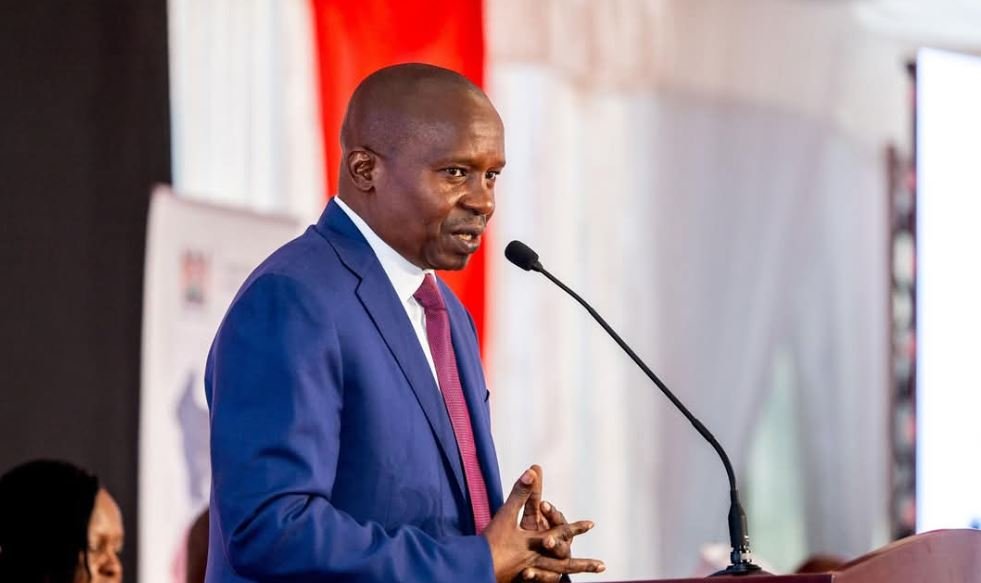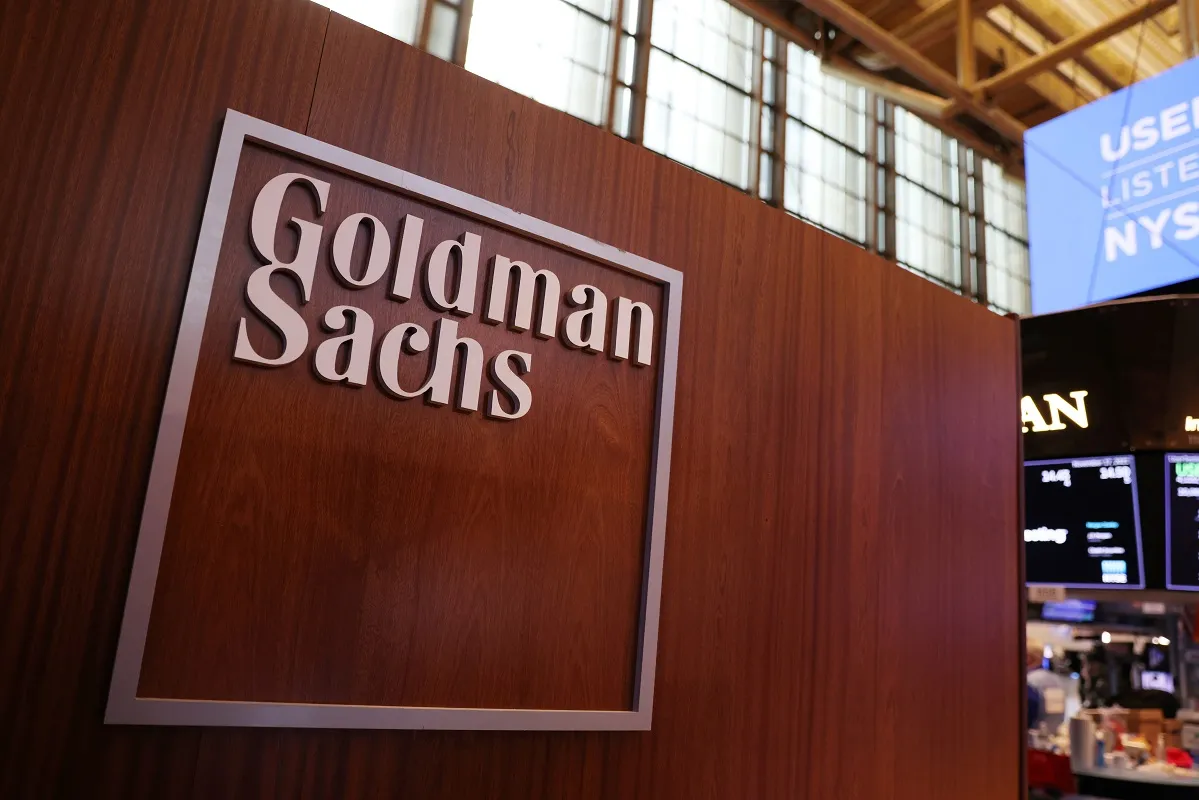Kenyan Deputy President Kithure Kindiki has unveiled an ambitious seven-pillar plan to revitalize Kenya’s economy under President William Ruto’s leadership. The plan, presented during the 26th Ordinary Session of the Intergovernmental Budget and Economic Council (IBEC) held at Kindiki’s Karen office, reflects the Kenya Kwanza administration’s commitment to fostering economic growth, creating jobs, and improving the quality of life for Kenyans.
This strategy comes at a time when Kenya faces a delicate economic recovery, marked by inflationary pressures, high debt levels, and an urgent need for structural reforms.
The 7 Pillars of the Kenya Kwanza Economic Plan
Deputy President Kindiki emphasized that these seven pillars aim to address Kenya’s most pressing economic challenges while laying the groundwork for long-term growth.
1. Macroeconomic Stability
At the core of Kenya Kwanza’s economic agenda is macroeconomic stability, which Deputy President Kindiki described as the foundation of all other initiatives.
- Declining Inflation: Kindiki noted that inflation rates in Kenya have been steadily declining, with significant reductions in food and petroleum prices contributing to a lower cost of living.
- International Recognition: He highlighted Kenya’s improved credit rating by Moody’s, which recently upgraded the country’s outlook from negative to positive. This reflects confidence in the administration’s economic policies and its ability to manage macroeconomic fundamentals effectively.
- Debt Management: Kindiki acknowledged the challenges posed by Kenya’s high debt levels, inherited from previous administrations. He stressed the need for prudent fiscal management to bridge the revenue-expenditure gap.
2. Revitalization of Key Value Chains
To boost productivity and economic resilience, the administration aims to focus on critical value chains in agriculture, manufacturing, and exports.
- Agriculture: Investments in agriculture will prioritize increasing food security, reducing reliance on imports, and improving value addition for local produce.
- Manufacturing and Trade: Enhancing local manufacturing capabilities and strengthening regional trade partnerships will be critical for job creation and revenue generation.
3. Infrastructure Development
The government plans to invest heavily in infrastructure to stimulate economic growth.
- Roads and Markets: Expanding road networks and upgrading markets will improve accessibility and facilitate trade.
- County Aggregation and Industrial Parks: These projects are aimed at promoting regional economic hubs to create jobs and boost local industries.
- Special Economic Zones (SEZs): By establishing SEZs, the government hopes to attract foreign direct investment (FDI) and position Kenya as a competitive player in global markets.
4. Job Creation
One of the administration’s top priorities is tackling unemployment through innovative strategies.
- Local Opportunities: The government plans to foster entrepreneurship and small business growth to create jobs domestically.
- International Placements: Collaborating with foreign governments and private firms will open opportunities for Kenyans to work abroad.
- Digital Platforms: Leveraging technology to connect job seekers with employers and create new forms of employment in the digital economy is also a key focus.
5. Affordable and Social Housing
Kindiki reiterated Kenya Kwanza’s commitment to expanding access to affordable housing for millions of Kenyans.
- Public-Private Partnerships (PPPs): The housing agenda will rely on partnerships with private developers to deliver low-cost housing units.
- Urban Development: Addressing the housing deficit in urban areas will also include investments in sanitation and related infrastructure.
6. Education Reforms
Education remains central to Kenya’s development agenda.
- Competency-Based Curriculum (CBC): The government aims to improve the implementation of CBC to better equip students with skills for the modern job market.
- Technical and Vocational Training: Strengthening technical and vocational training institutions will ensure that young people are prepared for opportunities in emerging sectors.
7. Health Sector Reforms
Improving access to quality healthcare services is another key pillar.
- Universal Health Coverage (UHC): The administration plans to expand UHC to ensure that all Kenyans have access to affordable healthcare.
- Modernization of Facilities: Upgrading healthcare infrastructure and increasing the number of healthcare professionals are critical components of this plan.
Signs of Economic Recovery
Deputy President Kindiki expressed optimism about Kenya’s economic trajectory, citing several positive indicators:
- Reduced Cost of Living: Declining inflation and falling food and fuel prices have provided much-needed relief to households.
- Economic Stability: Improved macroeconomic stability is creating an environment conducive to investment and growth.
However, Kindiki warned that sustained economic recovery would require careful management of public resources and adherence to fiscal discipline.
Challenges Facing the Kenya Kwanza Agenda
Despite the progress, significant hurdles remain:
Debt Burden
Kenya’s public debt has grown significantly in recent years, limiting the government’s fiscal space for development projects.
- Debt-to-GDP Ratio: Kenya’s debt-to-GDP ratio remains above 60%, raising concerns about sustainability.
- Servicing Costs: High debt servicing costs continue to divert resources from critical sectors such as education and healthcare.
Revenue-Expenditure Gap
The gap between revenue and expenditure remains a major challenge.
- Kindiki urged county governments to adopt prudent financial management practices to ensure that resources are used efficiently.
Unemployment
High unemployment rates, particularly among the youth, remain a pressing issue.
- While the administration’s job creation initiatives are promising, their success will depend on effective implementation and private sector participation.
Opportunities for Growth and Development
Harnessing Technology
Kenya has been a regional leader in technological innovation, and the government plans to leverage this advantage to drive growth.
- Digital Transformation: Expanding access to digital tools and platforms can enhance productivity and create new economic opportunities.
- E-Government Services: Streamlining government services through digital platforms will improve efficiency and transparency.
Green Economy
The transition to a green economy presents significant opportunities for Kenya.
- Renewable Energy: Investments in renewable energy sources such as solar, wind, and geothermal will reduce reliance on fossil fuels and promote sustainable development.
- Climate-Smart Agriculture: Adopting climate-resilient farming practices will enhance food security and mitigate the impacts of climate change.
International Recognition and Partnerships
Kenya’s improved credit rating by Moody’s and its growing reputation as a regional economic hub have strengthened its position on the global stage.
- Bilateral Agreements: The government is exploring partnerships with countries in Africa, Europe, and Asia to boost trade and investment.
- Foreign Direct Investment (FDI): Efforts to attract FDI through SEZs and other incentives are expected to drive economic growth.
Conclusion
The Kenya Kwanza seven-pillar economic plan reflects a bold vision for transforming Kenya’s economy and improving the lives of its citizens. While significant challenges remain, the administration’s focus on macroeconomic stability, infrastructure development, job creation, and social reforms offers a roadmap for sustainable growth.
Achieving these goals will require strong leadership, effective coordination between national and county governments, and active engagement with the private sector and international partners. As the Kenya Kwanza administration continues to roll out its agenda, the coming years will be pivotal in determining Kenya’s economic future.
Ready to take your career to the next level? Join our dynamic courses: ACCA, HESI A2, ATI TEAS 7 , HESI EXIT , NCLEX – RN and NCLEX – PN, Financial Literacy!🌟 Dive into a world of opportunities and empower yourself for success. Explore more at Serrari Ed and start your exciting journey today! ✨
photo source: Google
By: Montel Kamau
Serrari Financial Analyst
28th January, 2025
Article, Financial and News Disclaimer
The Value of a Financial Advisor
While this article offers valuable insights, it is essential to recognize that personal finance can be highly complex and unique to each individual. A financial advisor provides professional expertise and personalized guidance to help you make well-informed decisions tailored to your specific circumstances and goals.
Beyond offering knowledge, a financial advisor serves as a trusted partner to help you stay disciplined, avoid common pitfalls, and remain focused on your long-term objectives. Their perspective and experience can complement your own efforts, enhancing your financial well-being and ensuring a more confident approach to managing your finances.
Disclaimer: This article is for informational purposes only and does not constitute financial advice. Readers are encouraged to consult a licensed financial advisor to obtain guidance specific to their financial situation.
Article and News Disclaimer
The information provided on www.serrarigroup.com is for general informational purposes only. While we strive to keep the information up to date and accurate, we make no representations or warranties of any kind, express or implied, about the completeness, accuracy, reliability, suitability, or availability with respect to the website or the information, products, services, or related graphics contained on the website for any purpose. Any reliance you place on such information is therefore strictly at your own risk.
www.serrarigroup.com is not responsible for any errors or omissions, or for the results obtained from the use of this information. All information on the website is provided on an as-is basis, with no guarantee of completeness, accuracy, timeliness, or of the results obtained from the use of this information, and without warranty of any kind, express or implied, including but not limited to warranties of performance, merchantability, and fitness for a particular purpose.
In no event will www.serrarigroup.com be liable to you or anyone else for any decision made or action taken in reliance on the information provided on the website or for any consequential, special, or similar damages, even if advised of the possibility of such damages.
The articles, news, and information presented on www.serrarigroup.com reflect the opinions of the respective authors and contributors and do not necessarily represent the views of the website or its management. Any views or opinions expressed are solely those of the individual authors and do not represent the website's views or opinions as a whole.
The content on www.serrarigroup.com may include links to external websites, which are provided for convenience and informational purposes only. We have no control over the nature, content, and availability of those sites. The inclusion of any links does not necessarily imply a recommendation or endorsement of the views expressed within them.
Every effort is made to keep the website up and running smoothly. However, www.serrarigroup.com takes no responsibility for, and will not be liable for, the website being temporarily unavailable due to technical issues beyond our control.
Please note that laws, regulations, and information can change rapidly, and we advise you to conduct further research and seek professional advice when necessary.
By using www.serrarigroup.com, you agree to this disclaimer and its terms. If you do not agree with this disclaimer, please do not use the website.
www.serrarigroup.com, reserves the right to update, modify, or remove any part of this disclaimer without prior notice. It is your responsibility to review this disclaimer periodically for changes.
Serrari Group 2025












